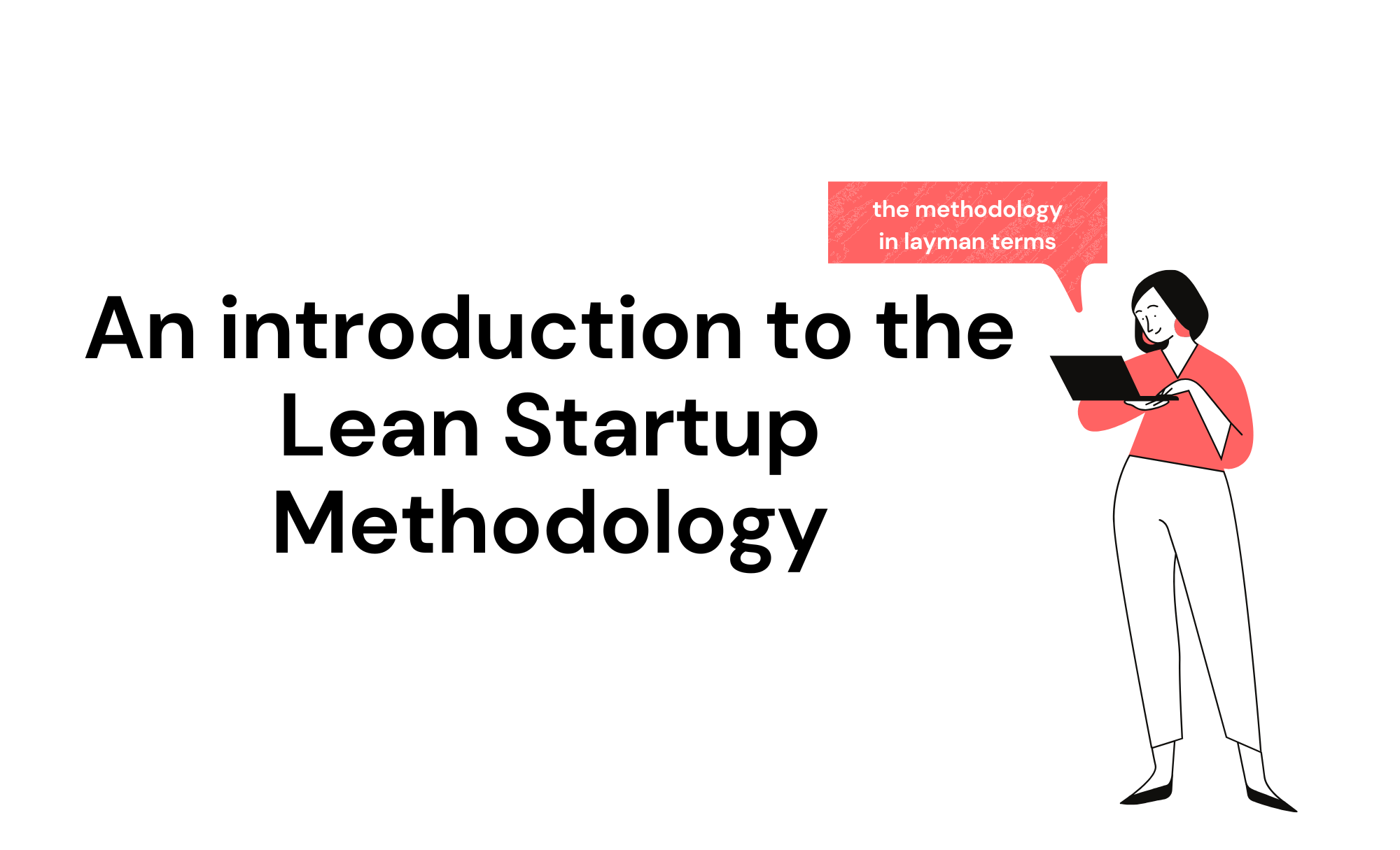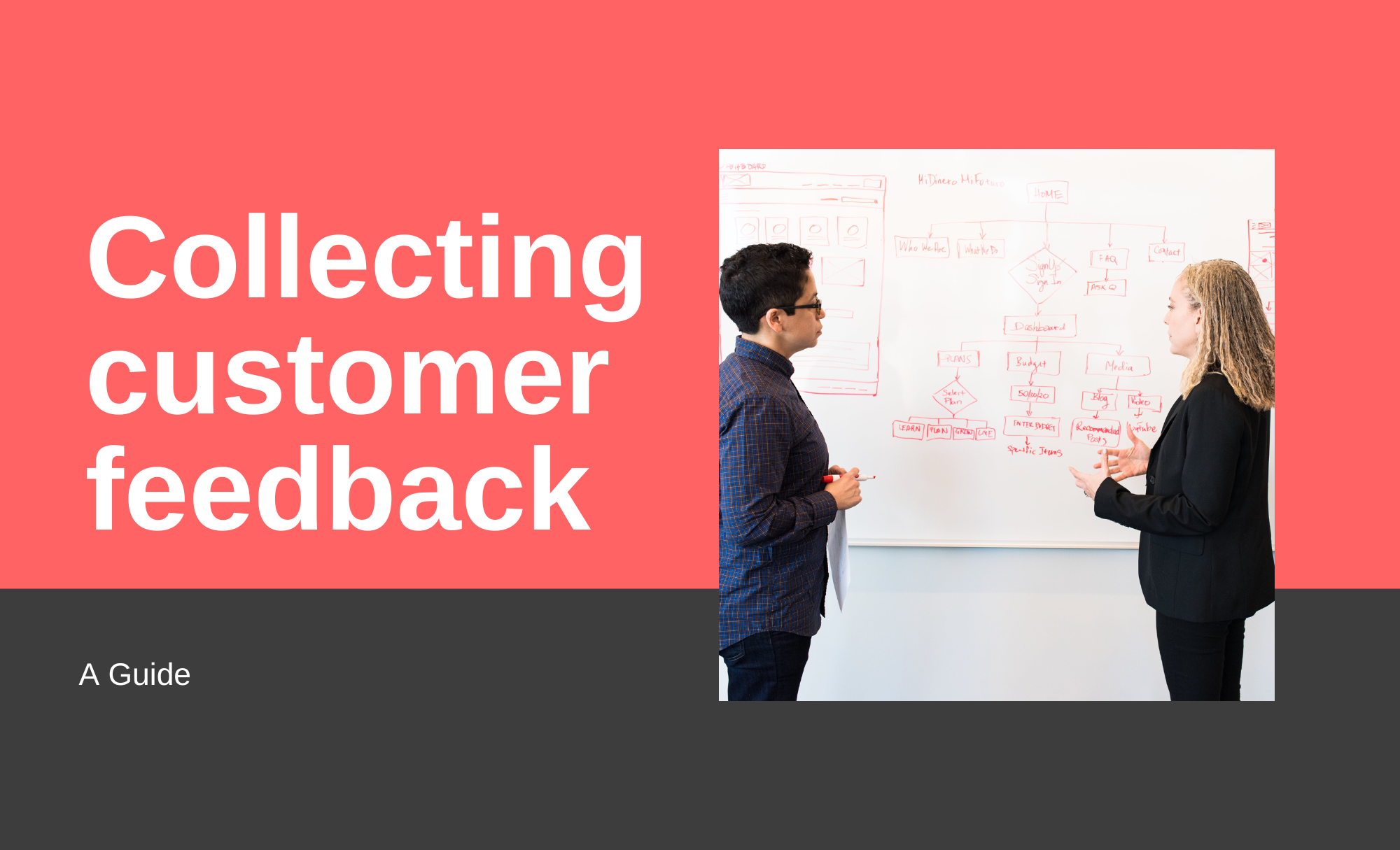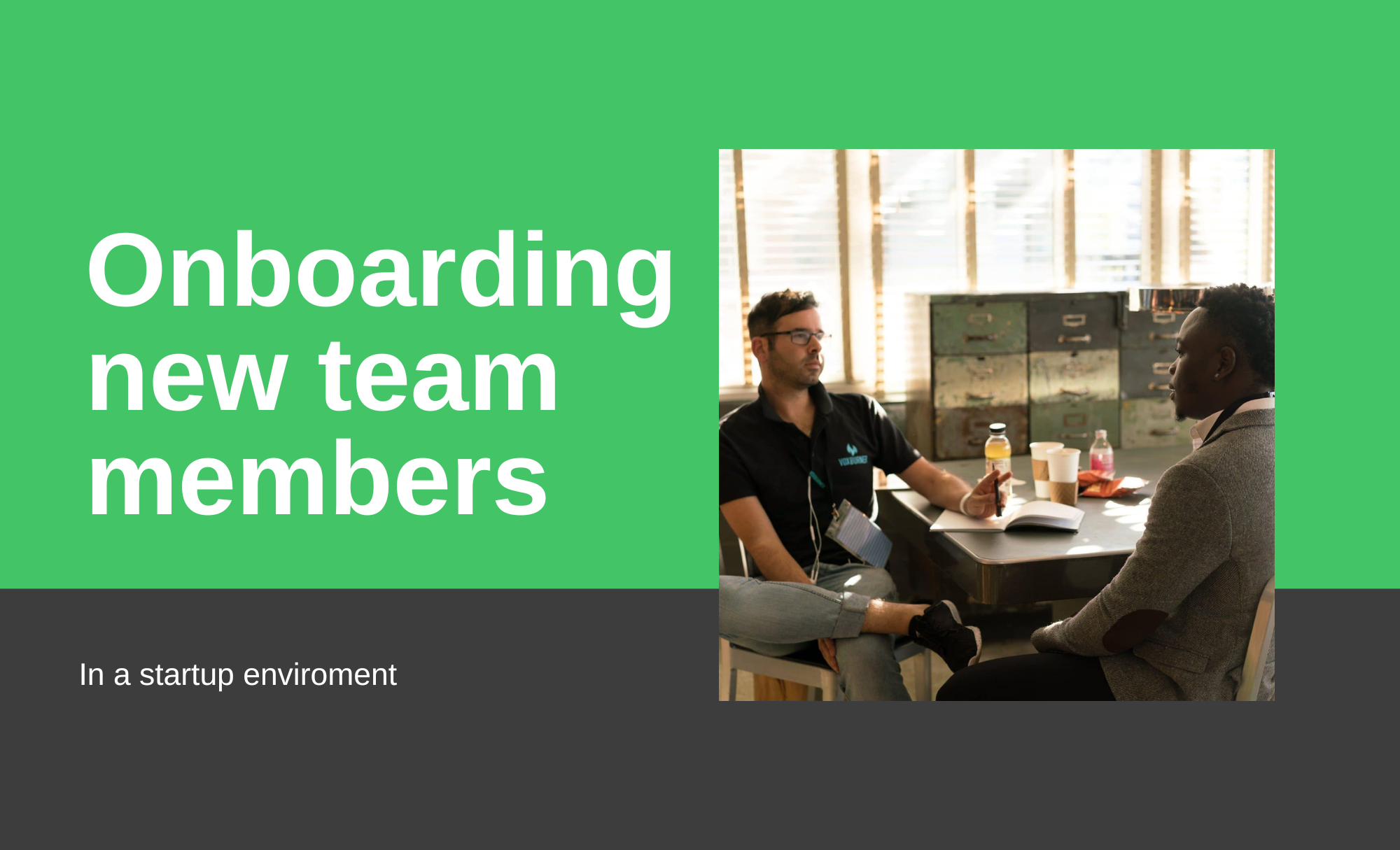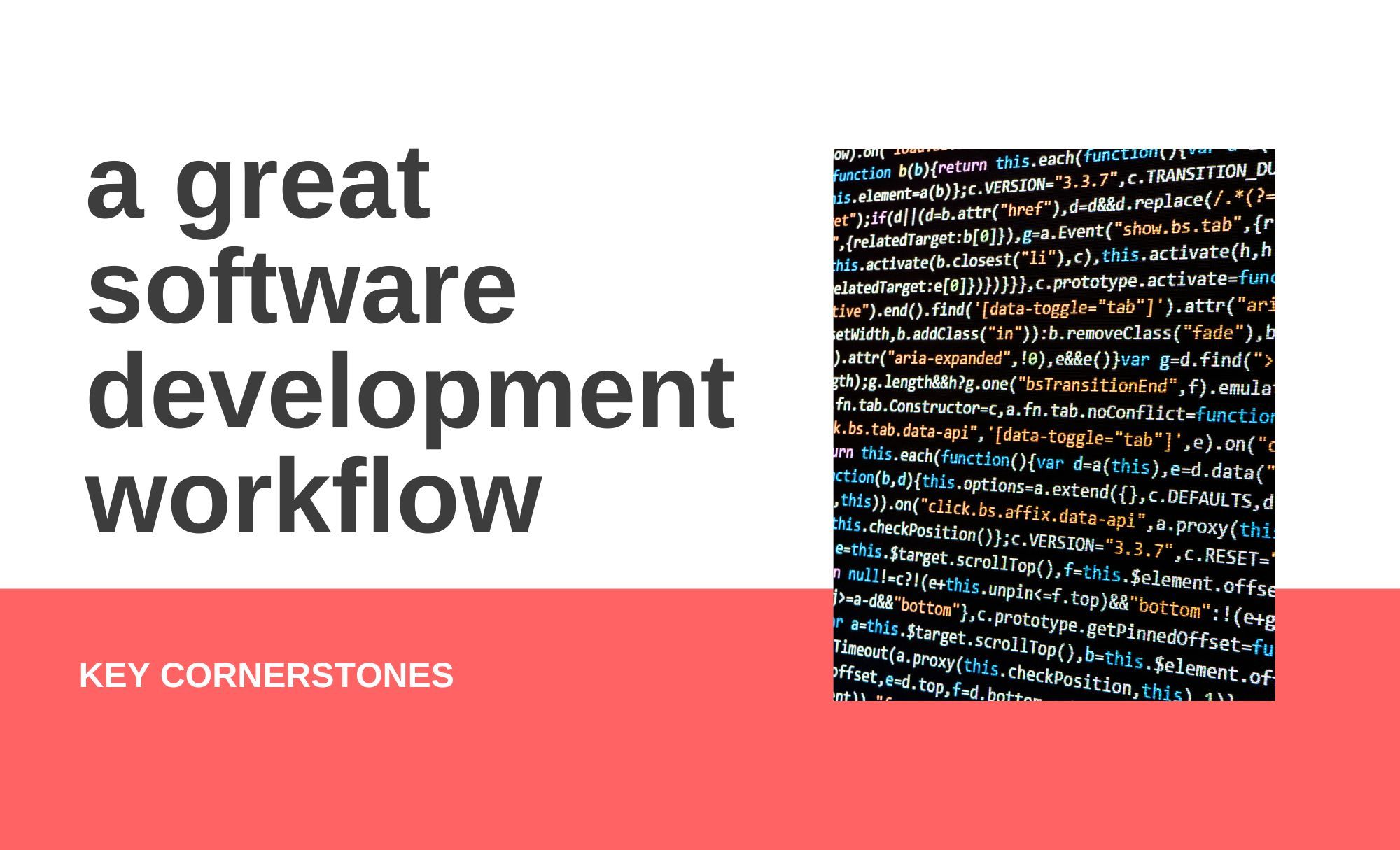Lean startup methodology is a continuous and iterative process for developing products, services, and business models. It was first introduced by Eric Ries in his book called “The Lean Startup”.
In this article, we will explain what it is, why you should use it, and some of the main principles behind it.
What is Lean Startup methodology?
Lean startup methodology is a process for learning how to build a sustainable business. It’s not just about business, it’s about life. It’s about learning and adapting. This process is based on the scientific method: hypothesis, experiment, analyze results and repeat until satisfied or exhausted. Lean Startup helps you focus on what matters most by building something that solves an actual problem for customers before developing it further with more features or scale.
History and background of Lean Startup by Eric Ries
Eric Ries is the originator of the Lean Startup methodology, which he expounded on in his bestselling book The Lean Startup. Ries is a serial entrepreneur who has been involved with several startups, including IMVU and Hubspot.
In his vision for Lean Startup, Ries sees it as an alternative to traditional business-planning models that focus on long-term goals and revenue projections. Instead, he advocates a method that focuses on short-term results and iterative tests of product ideas or processes; these experiments are designed to help you learn what customers really want from your product or service before spending precious resources building it.
Ries’s background includes stints at such firms as Bain & Company and Nextel Communications (now Sprint), but he also spent time at startups like IMVU (an avatar creation service) where he worked as director of marketing operations before becoming Chief Innovation Officer at HubSpot (a marketing automation software company). In 2011 Eric wrote The Lean Startup: How Today’s Entrepreneurs Use Continuous Innovation to Create Radically Successful Businesses which quickly became an international bestseller after being translated into more than 20 languages worldwide; since then he has written several other books including The Startup Way: Creating A Culture Of Entrepreneurship In The 21st Century where he outlines how larger companies can use similar techniques without sacrificing growth potential by embracing innovation across all aspects of their operations rather than just focusing exclusively on new products or services development alone
Why do we need to use Lean Startup methodology?
The traditional model of building a product—from concept to launch to feedback and iteration—is broken. It doesn’t take into account the real-world challenges of building a viable product, including:
- Finding out if customers want your product or service
- Figuring out if you can make it before you start investing time and money on making it (or paying for someone else to make it)
- Knowing if people are willing to pay for what you’re offering (this is where pricing comes in)
- Knowing whether there’s enough demand for your product so that you can scale up manufacturing once the orders start pouring in from customers
The main principles of Lean Startup
The main principles of Lean Startup are:
- Customer development
- The build-measure learn feedback loop (also known as the Build-Measure-Learn feedback loop)
- Continuous experimentation and validation.
Customer development
Customer development is the process of gathering information about your customers. It’s a continuous, never-ending process. There are two key components to this concept:
- You need to understand what is happening in the world around you—how people buy things or want them bought, how they use products and services, etc.—and not just from your own perspective as an entrepreneur. This means talking to customers, or potential customers (or anyone else who can provide insight).
- You need to figure out how best to build a business model for your product or service based on what you learn from those conversations with customers and others. The goal is always to make sure that each new customer is one that represents value for money compared with the cost of acquiring them via other channels such as advertising; it’s also important not only because it makes financial sense but also because otherwise there’s no way forward except spending more money than you bring in until eventually going bankrupt!
The build-measure-learn feedback loop
The build-measure-learn feedback loop is the fundamental learning cycle of lean startup. The process involves a build, measure, learn feedback loop that looks like this:
- Build—You create an experiment to test your idea in which you solve customer problems using the minimum viable product (MVP) or minimum feature set necessary to test whether or not customers are willing to pay for what you’re building. An MVP is a product that has only enough features built into it so that it can be released and tested with real users who provide valuable feedback on their experience using the product or service you’re creating.
- Measure—You track how many people use your MVP, what they do with it, what they like about it, where they struggle and fail, etc., over time. This allows you to continuously improve upon your MVP based on customer insights gained from testing in order to increase its inherent value proposition prior to launch or expansion into new markets/products/services later down the road when more resources will be available for further development efforts at scale (i.e., post-launch).
- Learn—You apply what was learned from measuring results from previous experiments effectively improving upon future iterations until management decides whether or not additional resources are required beyond those available within existing budgets before launching into any new markets/products/services requiring additional capitalization from outside investors
Continuous experimentation and validation
Validation is the most important part of a Lean Startup project. Validation can be done through interviews, surveys and other methods. The target market should be validated with the team not vice versa. Validation should happen frequently and continuously to allow for changes in strategy based on feedback from real customers.
There are many advantages to using the Lean startup method, but it requires time, patience, and a willingness to change.
There are many advantages to using the Lean Startup methodology, but it requires time, patience, and a willingness to change. It’s crucial that you have an open mind. This can be difficult for many people because they’re so used to thinking their way is the best way. But if you want different results in life then this approach might work well for you.
Adapting to feedback from others outside of your group is also important so think twice before turning down new ideas or suggestions from others who may offer something valuable that could improve your product or service even if it goes against what everyone else thinks right now (and remember: being wrong isn’t always bad).
Another important aspect of the Lean Startup philosophy is having enthusiasm when trying out new ideas because this will help keep morale high throughout each phase of development
Conclusions
At the end of the day, Lean Startup is a powerful methodology that can help you create better products and build successful companies. But as we’ve seen above, it also requires you to be willing to change your plan as new information comes in. If you’re looking for something that will give your startup a competitive edge, then Lean Startup might just be what you’ve been looking for.






